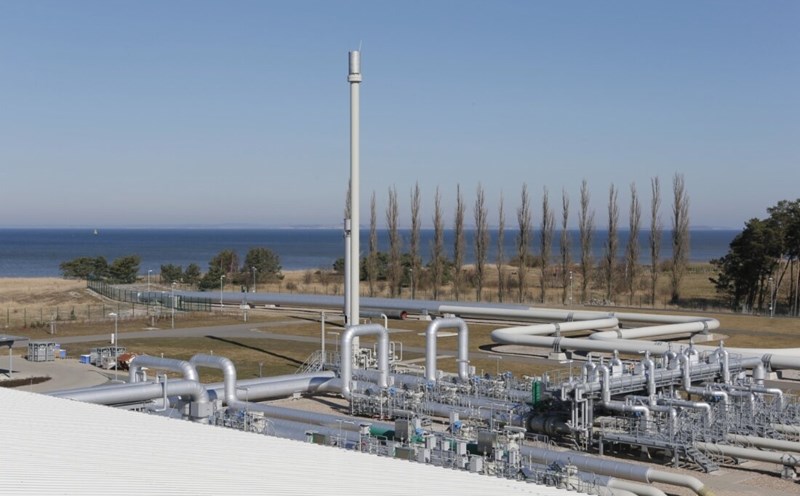The US Air Force is conducting a comprehensive modernization program of strategic bomb squads, according to a new report published by the US Congress Research Agency (CRS).
This program includes upgrading two bombers, the B-52 Stratofortress and B-2 Spirit, and gradually approving the new generation of stealth aircraft, the B-21 Raider. The goal is to maintain nuclear deterrence and enhance the ability to attack long-range ground with conventional weapons on a global scale.
The B-52 Stratofortress is a heavy bomber with long range and near-ast speeds, which has been in use since 1955. This is one of the oldest combat vehicles in the US, capable of carrying up to 31,750 kg of weapons, including cruise missiles and nuclear warheads.
Currently, the B-52 is undergoing two major upgrading programs to extend its life to the 2040s. A program to replace the old engine with a Rolls-Royce F-130 engine helps improve fuel efficiency and reduce maintenance costs. At the same time, there is a program to upgrade the radar system, equipped with AESA radar to enhance the ability to track targets and detect supersonic objects.
The B-2 Spirit, which has been in service since 1997, is an stealth bomber with a cube-wing design and radar wave absorption coating. The B-2 is capable of carrying B61 and B83 nuclear bombs, along with high-precision guided bombs such as GBU-57.
In 2024, Northrop Grumman was awarded a contract worth up to 7 billion USD to modernize the entire B-2 flight fleet until 2029. The upgrade includes improvements to the stealth, communication, engine and cockpit systems to maintain combat capabilities until replaced by the B-21 Raider.
The B-21 Raider is a new generation stealth bomber developed by Northrop Grumman, designed to be more compact than the B-2 and uses an open structure to easily integrate modern technology. The plane is capable of carrying free-range bombs and LRSO cruise missiles, performing long-range clearance missions.
With advanced stealth capabilities, the B-21 is expected to operate both with and without pilots. To date, the aircraft has completed more than 200 test flights and entered the initial production phase with a plan to produce at least 100 units.
This strategic bombing program affirms the US's efforts to maintain its air combat advantage in the context of increasingly complex global security.











